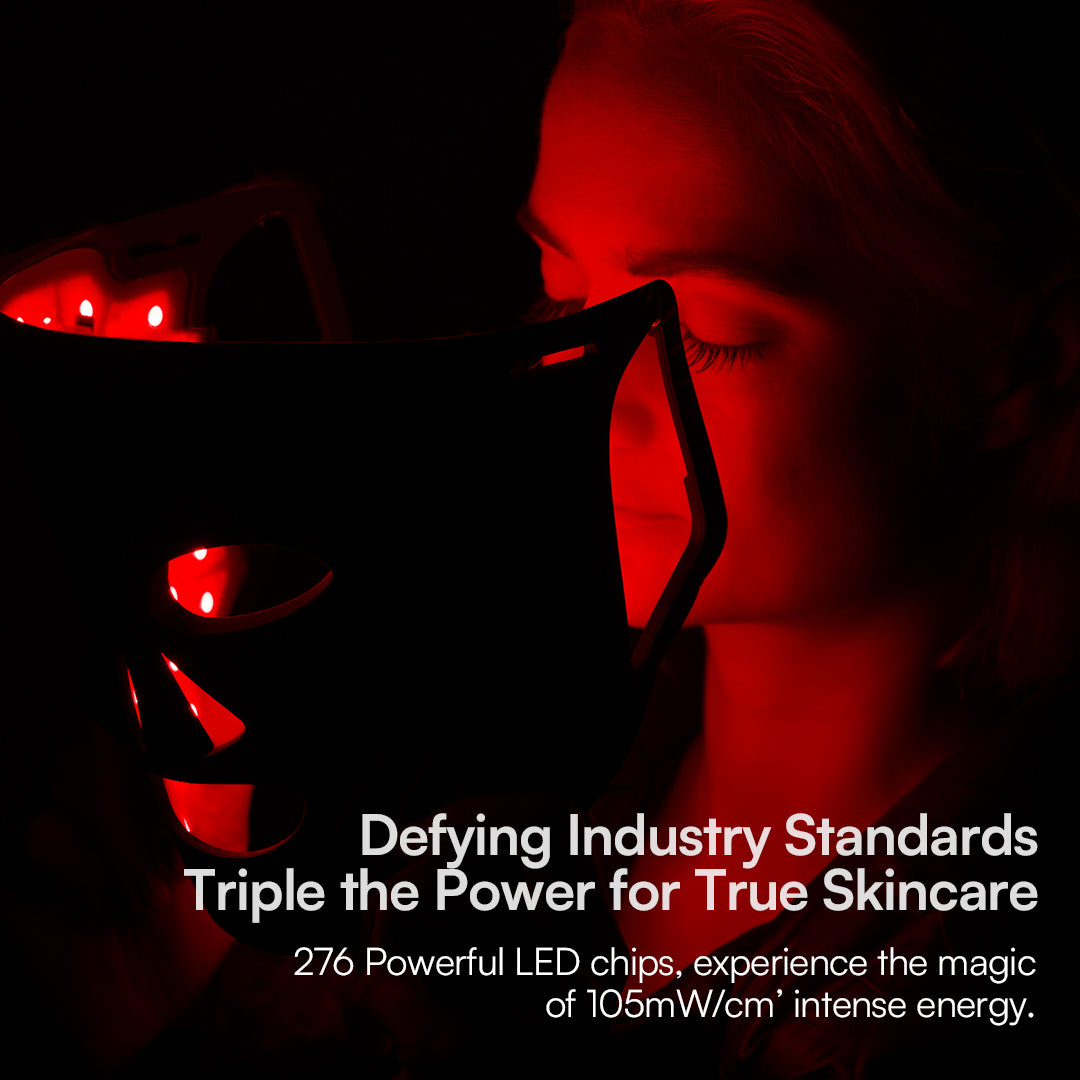Unlock the Secrets of Red Light Therapy: Transform Your Beauty Routine Today!
Red light therapy is rapidly gaining recognition in the beauty industry, hailed for its remarkable ability to enhance skin health and rejuvenation. Initially developed for medical purposes, including wound healing and pain management, this innovative treatment has now found its place in beauty routines across the globe. With its origins tracing back to NASA's research on plant growth, red light therapy has evolved into a popular choice for those seeking non-invasive solutions for various skin concerns. In this article, we will delve into the numerous benefits, applications, and the scientific principles behind red light therapy, helping you understand how it can transform your beauty regimen.

Understanding Red Light Therapy
Red light therapy, also known as low-level laser therapy (LLLT), utilizes specific wavelengths of light—typically between 600 to 650 nanometers—to penetrate the skin and promote healing and rejuvenation. This therapy operates on a cellular level, stimulating the mitochondria in skin cells, which are responsible for energy production. When exposed to red light, these cells can increase ATP (adenosine triphosphate) production, leading to enhanced cellular metabolism and regeneration. The increased energy helps improve blood circulation, reduce inflammation, and stimulate collagen production, making it a powerful ally in maintaining youthful skin and combating various skin issues.
Benefits of Red Light Therapy for Beauty
The beauty benefits of red light therapy are extensive and well-documented. One of its most celebrated advantages is skin rejuvenation; the therapy can significantly improve skin texture, tone, and elasticity. Many users report a noticeable reduction in fine lines and wrinkles, as red light stimulates collagen production, a vital protein for skin structure. Additionally, red light therapy has been shown to be effective in treating acne by reducing inflammation and promoting faster healing of blemishes. Friends who have integrated red light therapy into their skincare routines have shared positive experiences, citing improvements in overall skin clarity and a reduction in redness. Beyond these benefits, red light therapy can also aid in minimizing the appearance of scars and hyperpigmentation, making it a versatile tool in any beauty arsenal.
Uses of Red Light Therapy in Beauty Treatments
Red light therapy is versatile and can be utilized in several settings, from professional spa treatments to home devices. Many spas and dermatology clinics offer specialized red light therapy sessions, often incorporating it into facials or skin treatments for enhanced results. For those preferring to use it at home, there are numerous devices available, including handheld gadgets and full-face masks, designed for ease of use and safety. It's important to follow instructions carefully to achieve the best results, and many users find the practice to be relaxing and enjoyable. The effectiveness of red light therapy is supported by its non-invasive nature, allowing for regular use without the downtime associated with more aggressive treatments. Friends who've used at-home devices have noted their simplicity and the convenience of fitting them into their daily routines, making red light therapy an accessible option for many.
Scientific Background and Research
The efficacy of red light therapy in beauty treatments is backed by a growing body of scientific research. Studies have demonstrated its ability to promote collagen synthesis and improve skin elasticity, which are crucial factors in the aging process. Research has also highlighted its role in reducing inflammation and accelerating wound healing, further showcasing its potential in enhancing skin health. A notable study published in a peer-reviewed journal found that participants who underwent red light therapy experienced significant improvements in skin texture and tone compared to those who did not. Such findings underscore the therapeutic benefits of red light therapy, solidifying its place in modern beauty treatments. As more studies continue to emerge, understanding the mechanisms and advantages of red light therapy will only deepen, encouraging broader acceptance within the beauty community.
Transformative Benefits of Red Light Therapy
In conclusion, red light therapy offers a wealth of benefits for those looking to enhance their beauty routines. From promoting collagen production to treating acne and improving overall skin texture, the advantages are clear. As we have explored, both scientific research and personal experiences underline its potential to transform skin health. By integrating red light therapy into your beauty practices, you may discover a new level of radiance and vitality in your skin. If you're seeking a safe, effective, and non-invasive option for achieving your beauty goals, consider giving red light therapy a try. Your skin will thank you!








